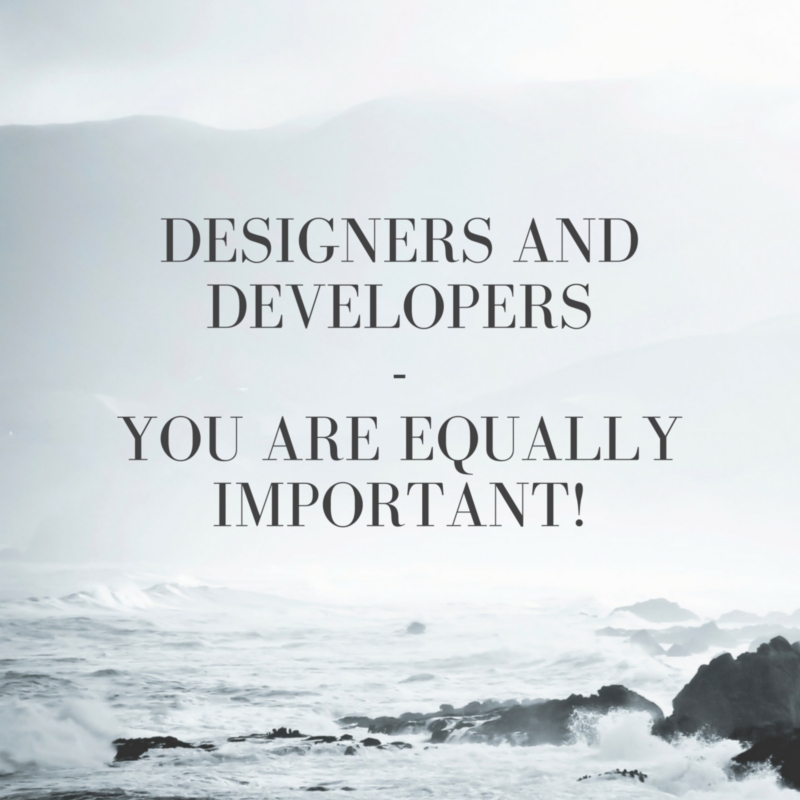Communication is king – I learned that rule way back when I started working as a police officer. The most violence laden situations could easily be appeased by practicing good communication skills. Arresting an assailant was so much easier when I would listen to their motivations. I often told criminals that I can understand their rationale behind certain actions. Understanding and showing empathy doesn’t mean you agree or justify wrongdoings. Let’s have a closer look at the definition of good communication skills.
It may surprise you that I will list a soft skill, a somewhat passive skill first; the ability to empathize and be respectful towards other people. We often fail to grasp the gist of someone else’s message because we enter the discussion with a preconceived notion about others. Silly ideas like women don’t understand technology, designers can’t think in structured ways, developers are not creative, and other biases are a hindrance to good communication. It is only after we eliminate all prejudice that the flow of information is free and effective. Try very hard seeing things from someone else’s perspective. Try to understand why the designer cares so much about spacing between visual elements, and try to understand why the developer likes repetitive patterns. When understanding each other, the willingness to compromise increases. And compromise matters a lot! Most projects are a result of many compromises that various stakeholders have agreed upon. Again, understanding each other’s perspective, interest and limitation helps tremendously when it comes to harmonious and respectful communication.
It seems obvious, but it shall be reminded that it is important to listen. Listening actively is practicing mindfulness. It requires you to be present in the moment. It is extremely rude and ignorant to not listen to what others have to say. Put away your cellphone and your laptop, and look at the other person. Give visual cues that you are following their reasoning. It’s being professional, human and respectful. The challenge is even greater if communication happens in writing, or via technology like a video or phone conference. The most important rule is to be focused on the actual discussion. Don’t multi-task! Close other browser windows and put away your work for the duration of the virtual meeting. Take notes.
Finally, be interested in the other craft or discipline. It will be a lot easier to appreciate someone’s work if you understand the limitations, challenges and restrictions they may face.
Developers, know that designers and UX architects have to synthesize a huge amount of information and desires from many different stakeholders. They have to make user interfaces visually pleasing, meet the client’s and the end-user’s requirements, and try to fit everything into an overarching theme that feels like a sensible concept. Know that designers and UX architects do not only want it to work, but they want it to work in a way that makes sense for the end user.
Designers, know that developers have to fight with code, server infrastructure and an ever changing technology landscape. Know that coding equals solving bugs constantly. Know that translating design into code is a great challenge. Know that they cannot realize all your feature ideas, because the chosen technology may not afford them.
For both of you, know that you depend on each other! You are equally important. Know that the other one is as impressed by you than you are by her.


